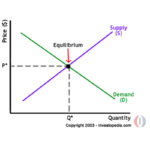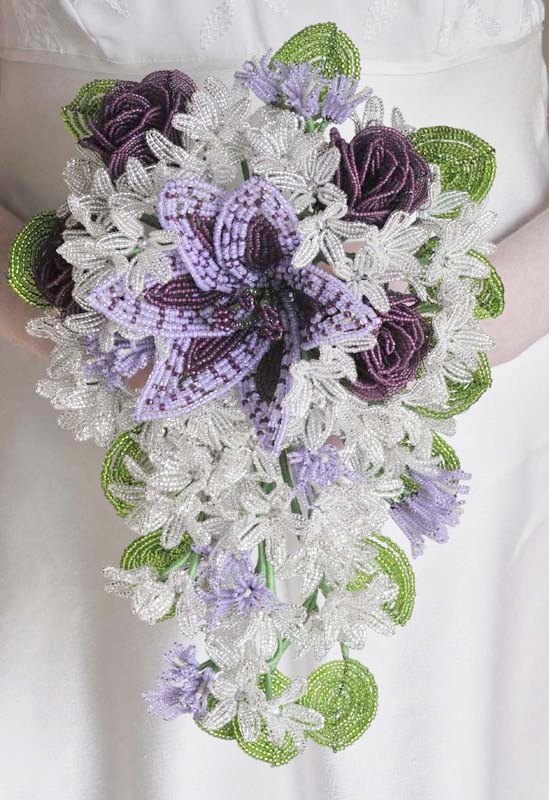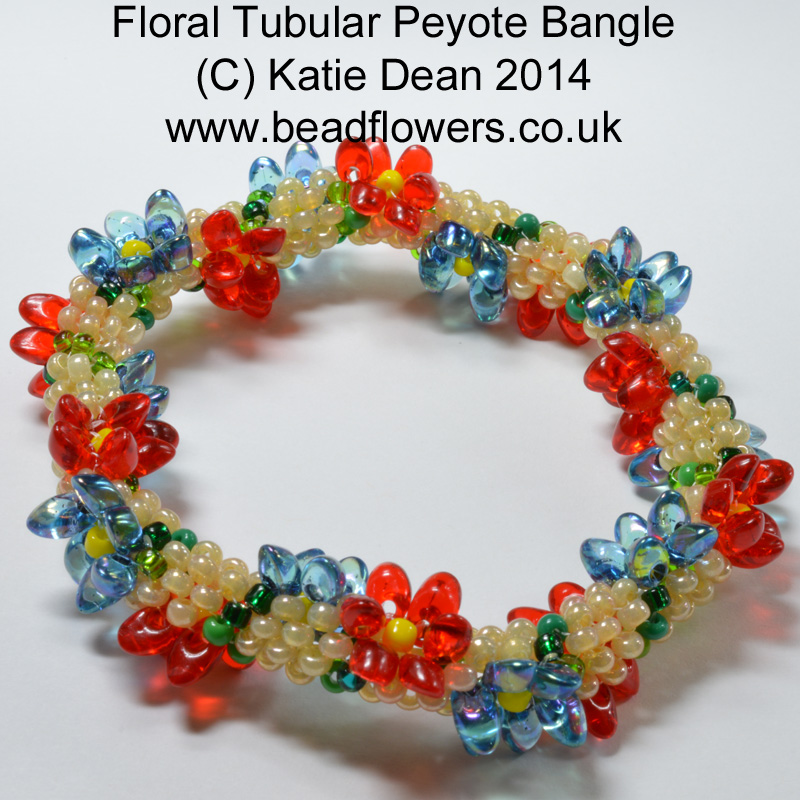How to price handmade jewellery
The question of how to price handmade jewellery is one with which I have grappled for years. I have already written a couple of posts on this subject to give you the basics in true economic terms, but of course this question has no simple answer.
years. I have already written a couple of posts on this subject to give you the basics in true economic terms, but of course this question has no simple answer.
I recently threw it out to a bunch of beaders on Facebook and it was really interesting to see the comments that resulted. It certainly made me think, so what did I learn?
How to price handmade jewellery that takes hours to make
The thorniness of this issue comes from just one fact. It takes so many hours to make a piece of handmade jewellery. When you look at the basic economic formula for pricing, which I have already discussed here and here, the labour cost is a significant factor. As you are debating how to price handmade jewellery, you will find yourself considering a couple of things related to labour: firstly the time it has taken, in hours, or perhaps days. Secondly, the rate you will charge for your labour. Even a simple necklace or bracelet will probably take you an afternoon to make, so that means you could only make two of these items in a day (one in the morning and one in the afternoon). How much money do you need to earn per day? The answer to that goes some way towards determining how you value your labour.
The problem comes when you have taken all your figures, done the sums and come out with a final price. It doesn’t take much to find yourself charging hundreds of pounds (dollars, euros etc) for a single item. Yes, this is a fair reflection of what it cost to make, but will anyone in all honesty pay that price?
The question of value
It just so happens that I studied economics when I was at school. That was a long, long time ago and it’s fair to say that much of what I learned has disappeared from my brain, but I do have one abiding memory of those classes: drawing little charts to show the economi c theory of price. The chart looked something like this, so demand (how much people want) is the blue line: when the price is high, fewer people will want the item because they can’t afford to buy it. As the price comes down, more and more people will be prepared to buy it. The supply line runs on the opposite theory, so the more items a company produces, the higher the cost of production (and hence price). The market price is the point at which these two lines intersect. I also remember learning about variants of this, so there are types of goods for which either the supply or demand line sits differently on the graph. I’m not going to bore you with any more theory, but the reason this springs to mind is the question of value.
c theory of price. The chart looked something like this, so demand (how much people want) is the blue line: when the price is high, fewer people will want the item because they can’t afford to buy it. As the price comes down, more and more people will be prepared to buy it. The supply line runs on the opposite theory, so the more items a company produces, the higher the cost of production (and hence price). The market price is the point at which these two lines intersect. I also remember learning about variants of this, so there are types of goods for which either the supply or demand line sits differently on the graph. I’m not going to bore you with any more theory, but the reason this springs to mind is the question of value.
The value of your handmade jewellery to you is very high because you are aware of the skill that it took to create, the frustrations that occurred along the way and the elements of your own personality that went into it. In actual fact, in economic terms, the value should also be high: the piece is unique, so there is only ever going to be one of it. The average buyer may not see it this way – when it is detached from the artist, it is just another piece of jewellery. So the medium in which you work may also have an impact. Society perceives that metals like silver and gold have an intrinsic value, whereas modern western society does not necessarily see the intrinsic value of beads. So it is likely that the way in which you consider the question of how to price handmade jewellery may vary depending on whether it is made from metals or beads.
One of the comments on my post, made the interesting point that people associate any type of craft (so I’m thinking knitting, sewing, beaded jewellery etc) with things their grandmother made: it is a natural presence in their everyday life, so therefore it loses its intrinsic value. It has lost the mystery that is maybe associated with a diamond ring from a jeweller.
So, following on down through these comments, the question became one not of how much someone else is prepared to pay, but of how much I am prepared to sell it for. What is the minimum price for which I will part with this piece of jewellery? Yes, it is still a matter of value, but value to whom?
Maybe it’s a good time to share with you the video that provoked this discussion. I was having a little bit of fun with this, but actually I hope I managed to create a thought-provoking piece here:
Final thoughts on how to price handmade jewellery
All these different ideas crystallised into another thought for me. How is it that luxury brands become luxury brands or goods? It is purely a matter of perceived value. These goods are known to be very expensive, they are branded so that everyone can recognise them and, as a result, anyone who owns them is advertising the fact that they have both wealth and taste. Since the dawn of time, wealth has been perceived as a symbol of greatness and humans have sought ways to display their wealth in order to show others how great they are. If you make jewellery then the good news is that jewellery has always been one of the symbols used to demonstrate wealth. However, it has to be a certain type of jewellery: made from precious raw materials or by a celebrated designer, or ideally both!
The bad news is that jewellery has also become a desirable personal adornment, regardless of wealth, so there is an equally viable market for cheap jewellery that allows everyone to just indulge their love of ‘pretty things’. This jewellery is likely to be made from materials that are not regarded as intrinsically valuable (yes, beads do unfortunately fall into this category) and its production process has to be quick.
In reality, depending upon the complexity of the jewellery and the materials from which it is made (very important caveat there!), there is actually not that much difference in cost between the luxury item and the high street item. The biggest difference is in perceived value, or brand. So, for me, all these thoughts about selling my jewellery (or not) and where to sell, came down to a question of value. I believe my jewellery should command a high value because I am aware of the skill that went into it, I am aware that I am creating pieces that are unique, pieces that are a part of me. I simply need to find the market that understands and appreciates this. So whether it is a matter of research to discover that market, or a matter of clever branding to create the market is the next question.
I want to leave you with a little story that I read ages ago about the tradition of the solitaire diamond engagement ring. I’m not professing myself to be a great story-teller, so I wish I could locate the article that I was originally reading, but I can’t, so you’ll have to make do with my rather inelegant summary of the story… The tradition of the solitaire diamond as a symbol of eternal love is actually a lot younger than most of us imagine. According to this article, it came about early in the twentieth century as nothing more than a very, very clever marketing strategy from the diamond company DeBeers. This combined with the fact that, at the time, all the known diamond supplies were in the hands of just a few individuals. These individuals clubbed together to agree to only make the diamonds available in limited supply (of course the supply of diamonds is limited as it is a natural gem that takes thousands of years and very particular conditions to create, but this group further restricted the rate at which the diamonds were mined in order to create a ‘false’ limitation). If you look back to the supply and demand graph, then you will see that the less of an item that is available, the more it is valued, purely for its novelty value. Anyway, I digress – the point is, that between DeBeers marketing campaign that basically told men that the only way to prove the magnitude of their love for their intended was through a very, very expensive ring, and the limited supply of diamonds which made them expensive, the diamond ring acquired its symbolism. It is a symbolism that still holds true today – diamond jewellery can command a higher price than, say, ruby jewellery, yet is it really more expensive to produce? Not necessarily. The price is purely a factor of perceived value.
So, I will leave you to digest that. If you have any thoughts on what I should be charging for my necklace, or any other thoughts on how to price handmade jewellery, then do please leave a comment below.
Thank you for reading!











You might want to go for a combination of both the techniques that you have mentioned above. Account for the hours it takes to finish an item along with the price that a branded store would charge for a similar jewellery item. Doing this for a few items will help you identify your average per hour rate and you can go with it in the long-run. I hope it helps.
Pricing jewelry can be complex. I agree with Benjamin that no one technique can suit every product or individual. So, a mixture would be a great idea.
This may be strange, but many beaders have told me they do not sell according to the time it takes to make a piece. I was told by many that there is a simple formula: cost of materials x 2.5= price (if there is a commission cost, tag that on top of the price.)
There are a lot of different ways to calculate price, Rosalie, and a lot of beaders don’t factor in the time it takes because it would simply raise their price too high to be affordable. My personal view is that this devalues the work of the entire beading community, but I can absolutely understand why people choose that route. At the end of the day, your price point is really the number that coincides with what you are prepared to sell for and what the customer is prepared to buy.